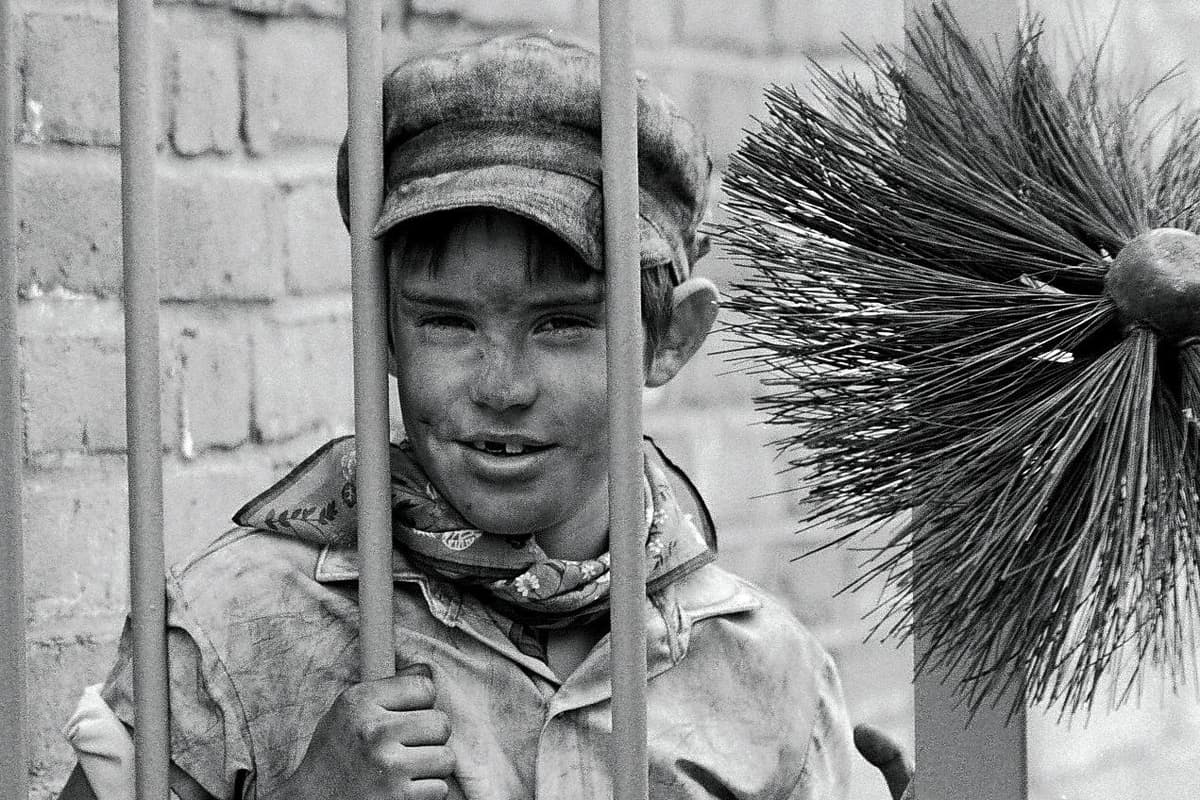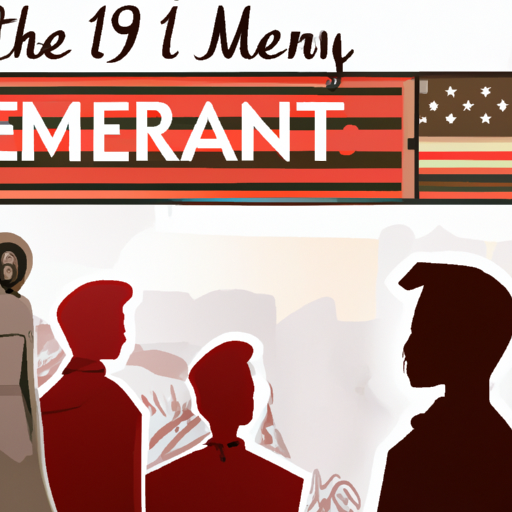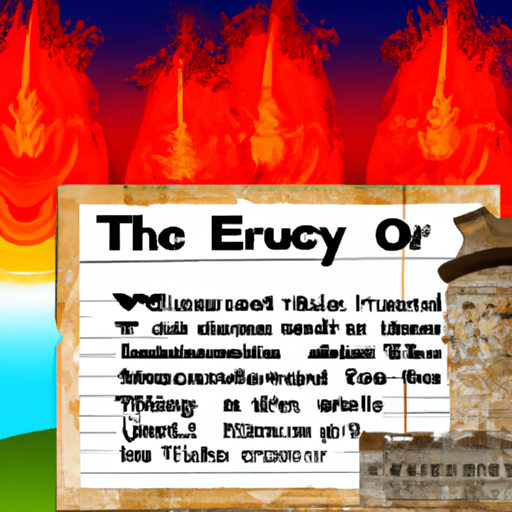Interesting Facts About Chimney Sweeps:
- Historical Origins: The profession of chimney sweeps dates back centuries. In medieval Europe, fires were commonly used for heating and cooking, leading to the need for regular chimney cleaning. Chimney sweeps emerged to fill this essential role.
- Superstitions and Symbolism: Chimney sweeps have been associated with good luck and symbolism. In various cultures, they were considered symbols of prosperity and protection. In some regions, encountering a chimney sweep was believed to bring blessings and ward off bad luck.
- Traditional Uniform: Chimney sweeps often wore distinctive clothing, including top hats, long jackets, and trousers, which have become iconic elements of their image. The top hat was practical, allowing them to carry their brushes and rods.
- Chimney Sweep’s Lament: “The Chimney Sweep’s Lament” is a traditional folk song that reflects the harsh life and poor working conditions of chimney sweeps. It has been passed down through generations and remains a part of the folklore related to chimney sweeps.
- Chimney Sweep Guilds: In some regions, chimney sweeps formed guilds or associations to regulate the profession. These guilds set standards, conducted training, and ensured fair practices among chimney sweeps.
Child Labor: During the 18th and 19th centuries, it was common for children, especially orphans and those from impoverished backgrounds, to work as chimney sweeps. They were often apprenticed to master chimney sweeps.
Age of Child Sweepers: Child chimney sweepers started working at a very young age, typically around six to eight years old. The small size of children allowed them to navigate the narrow chimneys.
Dangers: Child chimney sweeps faced numerous hazards, including getting stuck in chimneys, suffering falls, and being exposed to toxic soot. The work was physically demanding, and they often worked long hours.
Poor Living Conditions: Child chimney sweeps lived in cramped and often unsanitary conditions in their master’s homes. They endured neglect and mistreatment.
Limited Education: Children working as chimney sweeps received little to no education, further limiting their opportunities for the future.
Average Age of a Chimney Sweeper:
The average age of a chimney sweeper varied based on the time period and location. During the 18th and 19th centuries, when child chimney sweeps were common, the average age of a chimney sweeper was quite young, often in the range of six to twelve years old. These children began their apprenticeships at an early age, and their small stature was an advantage for navigating chimneys.
As regulations and labor laws improved, the age of chimney sweeps increased. In modern times, chimney sweeps can start their careers as adults, and the average age is higher, often determined by when individuals choose to enter the profession or retrain for it.
Dangers of Being a Chimney Sweep:
The dangers of being a chimney sweep, particularly during historical periods, included:
- Health Hazards: Exposure to toxic soot and creosote could lead to respiratory problems, skin conditions, and even chimney sweep’s carcinoma, a form of skin cancer.
- Physical Risks: The confined spaces in chimneys presented the risk of getting stuck or injured. Child chimney sweeps, in particular, were vulnerable to falls and accidents.
- Poor Working Conditions: The soot-filled environment and long working hours took a toll on the health and well-being of chimney sweeps. They often endured physical exhaustion and discomfort.
- Neglect and Mistreatment: Child chimney sweeps were often subjected to neglect and mistreatment by their masters, who profited from their labor without providing fair wages or proper care.
- Limited Education: Child chimney sweeps received little or no education, limiting their prospects for a better future.
While working conditions for chimney sweeps have significantly improved over time, historical chimney sweeps faced numerous challenges and hazards in their profession.






